Ever wondered about the origins of Boxer dogs and what purpose boxers were originally bred for? Without understanding their history and intended roles, it’s challenging to appreciate the unique qualities and instincts of this beloved breed.
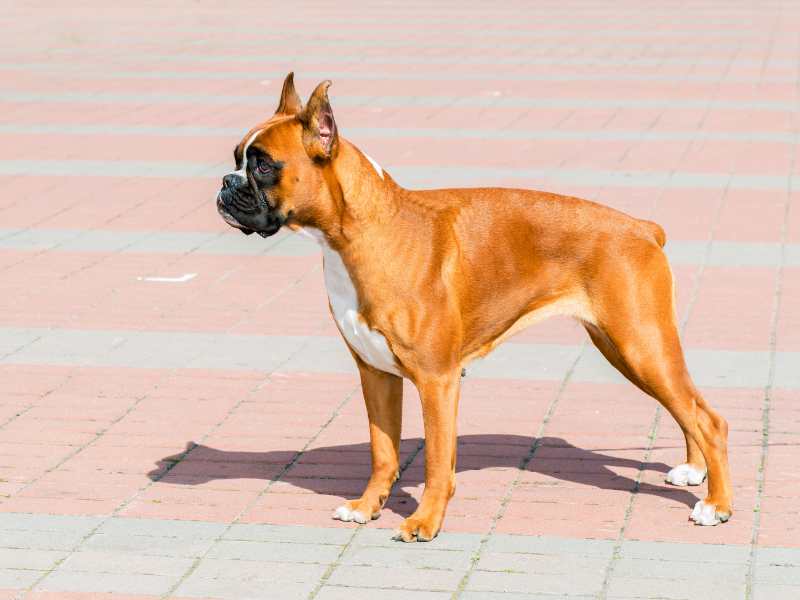
Join us in this exploration as we uncover the fascinating history of Boxer dogs and shed light on what they were specifically bred for. Understanding their heritage will deepen your connection with these loyal companions.
Early Ancestors
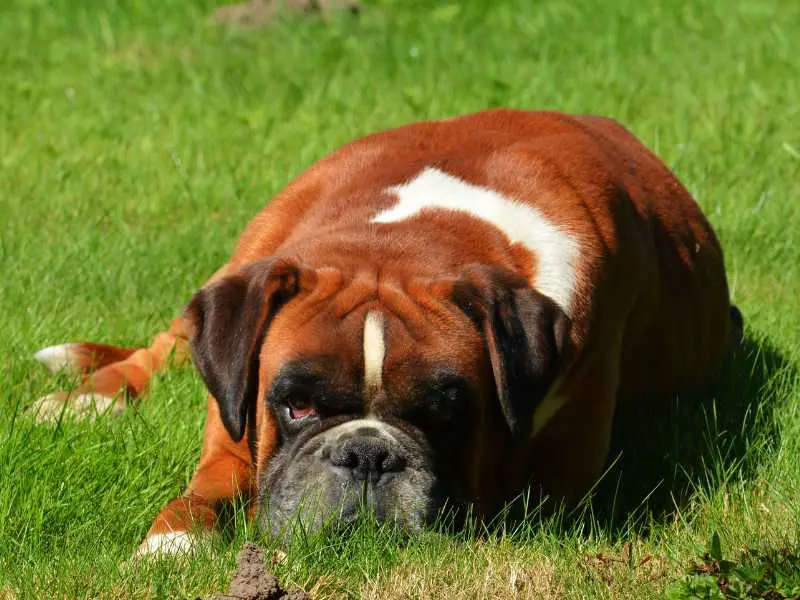
The Boxer breed has a fascinating ancestry that can be traced back to ancient times. In the 1800s, Boxers emerged from crossbreeding the now-extinct Bullenbeisser breed and English Bulldog.
The Bullenbeisser, a Mastiff-type dog, had a unique role as a hunting companion chasing and restraining large game like deer and boar until hunters arrived. Each Boxer trait served a purpose for this job.
The first Boxer club was established in Munich, Germany in 1895. Founders refined the breed by enhancing size and courage traits. Boxers then took on guard and police work roles in Germany.
The breed spread to other parts of Europe in the late 1800s and to the US by the early 1900s. The AKC recognized the first Boxer in 1904 and the champion in 1915.
Ancient influences included the Bullenbeisser hunting breed, English Bulldog, smaller Brabanter Bullenbeisser from Belgium, Great Dane originally from crossing Mastiff and hounds, and possibly terrier. These ancestral lines shaped the Boxer form and personality seen today.
In summary, Boxers have a rich heritage rooted in their ancient predecessors like the Bullenbeisser and guided by blending multiple early breeds over time.
Boxers During The Middle Ages
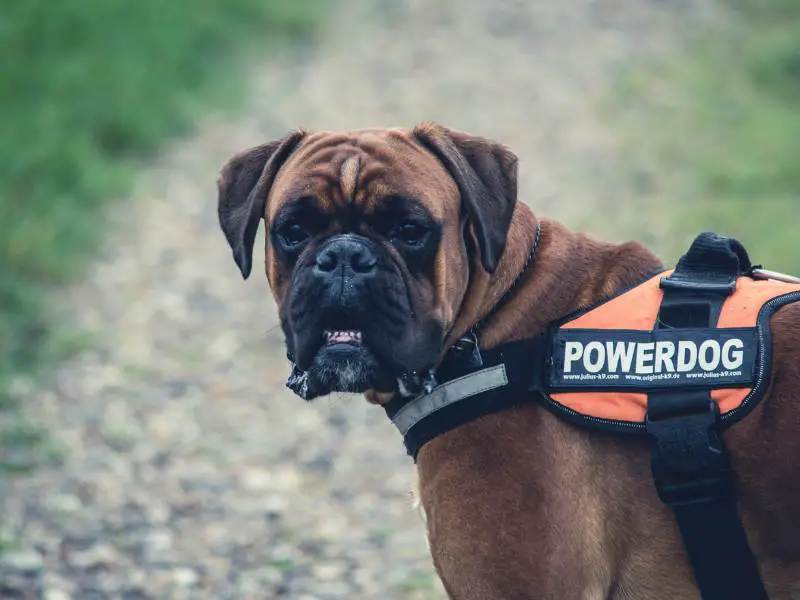
Hunting
Boxer-like dogs were integral to hunting expeditions, assisting hunters in pursuing and capturing large game such as boars, bears, and deer. Their agility, endurance, and determination made them valuable assets in this challenging task.
Guarding
These dogs served as vigilant guard dogs, protecting not only their owners but also their owners’ property. Their natural protective instincts and courage made them formidable guardians.
Military Service
During World War I, Boxers found themselves in military service. They were enlisted as messenger dogs, carrying essential packs and playing crucial roles as both attack and guard dogs. Their intelligence and adaptability made them indispensable in wartime operations.
Beyond the Middle Ages, Boxer-like dogs continued to contribute to society in various capacities. Their roles expanded to include police work, with Boxers being among the first breeds selected in Germany for police training. They also excelled as service dogs, aiding individuals with disabilities, functioning as guide dogs for the blind, and providing therapy and companionship. Boxers were occasionally employed for herding cattle or sheep, showcasing their versatility.
In summary, Boxer-like dogs have a remarkable history of serving diverse roles, from hunting and guarding during the Middle Ages to playing pivotal roles in the military, police work, and service to humanity in modern times. Their enduring popularity as family pets and working dogs is a testament to their exceptional qualities and adaptability.
Mastering Boxer Dog Weight Management: Your Comprehensive Owner’s Guide. Ensure Your Boxer’s Health and Happiness
Bullenbeissers Become More Popular (1700s)
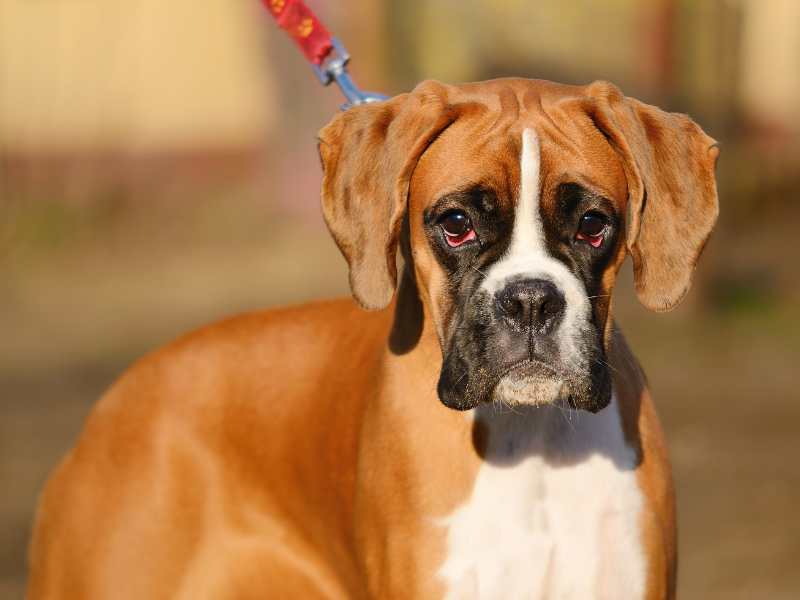
The Rebirth of a Breed
The 1700s saw a resurgence in popularity for Bullenbeissers, especially the smaller variety linked to Boxers. The breed, which faced near-extinction in the Middle Ages due to cross-breeding, began reemerging prominently. This revival was closely tied to Bullenbeissers originating from northeast Belgium’s Brabant region, considered the early Boxer breeding birthplace.
Noble Companions in the Hunt
During this period, primarily in the 1700s, Bullenbeissers found favor among European nobility for hunting purposes. They were supplied to royal courts, allowing the aristocracy enviable hunting skills. Traits like compact stocky builds, large heads with drooping lips, and robust teeth supported this role ideal. Strong traits of strength, loyalty, and intelligence prized then remain celebrated in Boxers today.
Notable features included cropped ears/tails and muscular physiques distinguishing them from other varieties. Cross-breeding with imported Old English Bulldogs also gave rise to a distinct smaller breed.
In summary, the 1700s marked a notable increase in Bullenbeisser’s popularity linked to function as distinguished hunting companions, emphasizing qualities still cherished in modern Boxers. Their revival emerged from cross-breeding and centered on the smaller variety related to early Boxer development.
Bullenbeissers Bred In Germany (1800s)
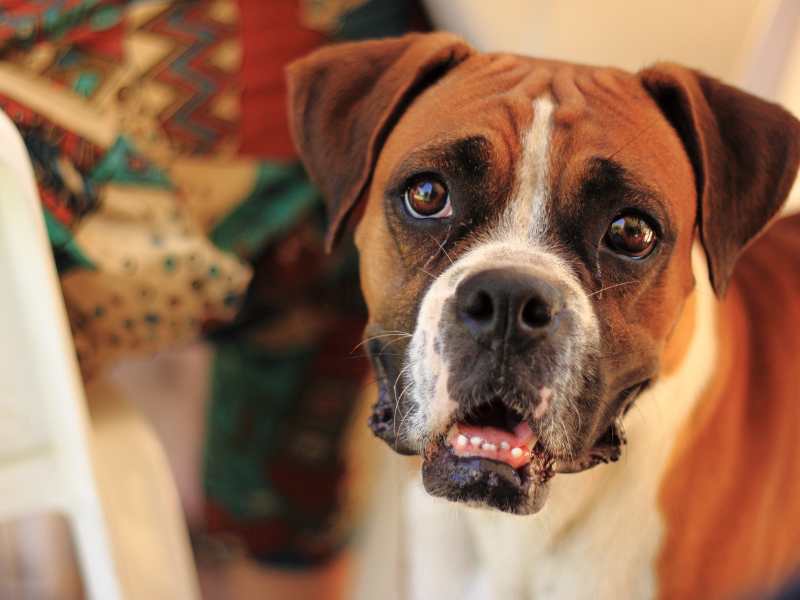
Breeding Efforts in Germany During the 1800s
The 1800s witnessed significant breeding efforts in Germany that led to the establishment of the Boxer breed. To trace its origins, one looks to the Bullenbeisser breed primarily employed for hunting challenging game like deer and boar. The evolution began with intentionally breeding the Bullenbeisser with the English Bulldog. This crossbreeding was critical in ultimately deriving the Boxer breed.
The Transformation from Bullenbeisser to Boxer
The ancestral Bullenbeisser, a Mastiff family member, had a storied hunting history chasing and restraining sizable prey until owners arrived. Every Boxer characteristic and distinction originally served a hunting purpose.
The Boxer underwent refinement and development in Germany, where it found its true identity. In 1895 in Munich, the first Boxer club’s founding emphasized optimizing size while stressing bravery. As bravery traits heightened, Boxers assumed new guard and police dog roles in Germany.
The 1800s were transformative, marked by deliberate crossbreeding and organized German development. This transition from Bullenbeisser to Boxer signaled a breed that left its hunting, guarding, and policing legacies. Cultivating bravery paved the way for Boxers’ roles and endearing traits.
Feeding Your Boxer Dog 🐾: How Much to Feed for Optimal Health.
The Modern Boxer Emerges (1900s)
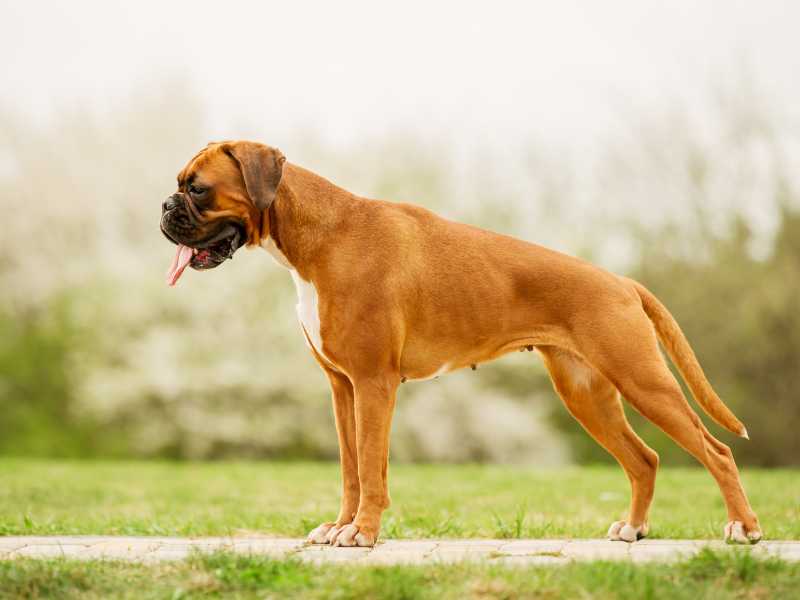
Development of the Modern Boxer Breed in the 1900s
The 1900s marked a significant period in the Boxer’s growth and popularity. During this era, the breed underwent crucial recognition, standardization, and refinement processes giving rise to the modern Boxer.
Recognition and Standardization
Early efforts included the 1895 Munich establishment of the first Boxer dog club crafting an initial standard. The 1896 Deutscher Boxer Club aided the organization through valuable contributions. Their standardization work culminated with the 1904 published official standard providing guidance.
Notably, 1904 marked AKC recognition elevating the breed’s status and opportunity in the US.
Evolution of the Breed
Originally hunters, Boxers notably transitioned to companionship roles in this period. Breeders recognized traits like loyalty, patience, and bravery setting them apart.
Their multifaceted nature proved indispensable serving fearlessly as guards and messengers during WWI.
In summary, formalizing processes, milestones, and evolving roles contributed collectively to the modern Boxer cherished worldwide today. The 1900s proved significant through standardization, recognition, and enhancement of the breed’s companion qualities.
Original Purpose of the Boxer Dog
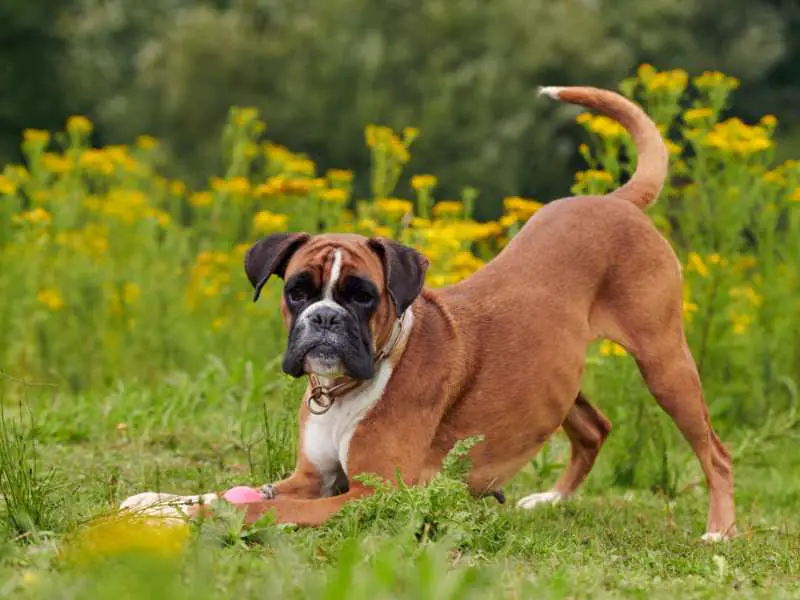
Boxers were bred for specific historical roles highlighting diverse capabilities that evolved over time.
Bull-Baiting:
Originally in Germany, Boxers baited and distracted bulls in the dangerous, now-outlawed spectacle of bull-baiting as entertainment.
Hunting:
Descended from the extinct Bullenbeisser skilled at hunting large game, Boxers were bred as capable hunting dogs for strength and attributes suited to game-chasing.
Guarding:
Valued for protecting owners and property through strength, loyalty, and intelligence serving as guards.
The versatility of the Breed:
Transitioning from working roles, Boxers today are beloved family pets, renowned service, and guide dogs, bringing intelligence, loyalty, and playfulness to various functions with training. They tend to excel with families and children but require exercise to prevent behaviors from boredom.
In summary, the Boxer’s multifaceted history involved original purposes of bull-baiting, hunting, and guarding. Over time their versatility has emerged through adaptability to modern roles as cherished companions and valuable service animals leveraging enduring qualities.
The Boxer in the US
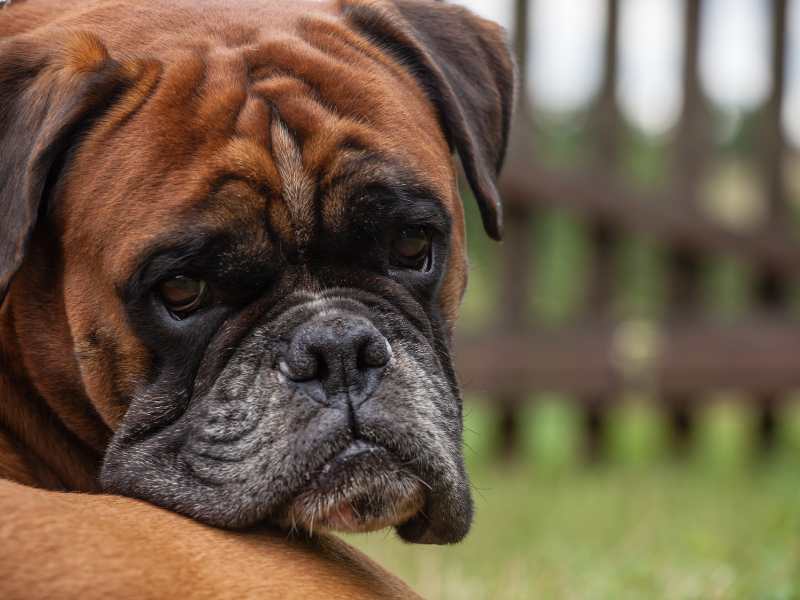
Introduction of Boxer Dogs to the United States
Boxers first arrived after WWI, but popularity didn’t surge until the late 1930s. An influential dog was Sigurd, born in 1929 in Germany, whose 10 offspring achieved champion status in the US, genetically impacting generations.
Initial Roles and Popularity of Boxer Dogs in America
Originally German guard/police dogs, in the US they served as WWII messengers and security. As friendly, spirited companions they became popular family pets, especially for their patience around children despite their energy needs. Protective instincts also endeared them to families.
The AKC consistently ranked Boxers in top popularity, holding the #7 spot for four years until recently placing #11. Reflecting enduring appeal, Boxers maintain a presence in American homes.
In conclusion, Boxers’ introduction and early development involved individual influential dogs, WWII service roles, and reputation as spirited family pets. While demand has fluctuated, their popularity endures as a top breed favored by many American families and households.
Addressing Boxer Dog Skin Problems: Expert Solutions and Treatment Guide. Keep Your Boxer’s Skin Healthy and Happy!”
Where Did the Boxer Get Its Name?
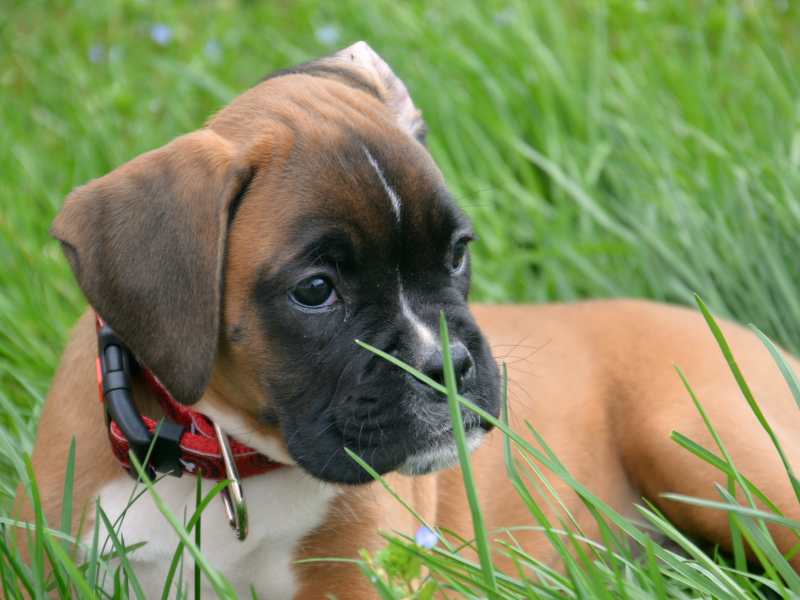
The naming of the Boxer breed is a subject that invites intrigue, as its origin is not entirely clear, leading to a multitude of theories and historical references surrounding its nomenclature. Among these theories and references, some of the most notable include:
- The Boxing Stance: One theory suggests that the name “Boxer” is drawn from the breed’s characteristic tendency to engage in playful postures, often standing on their hind legs and “boxing” with their front paws, akin to a human boxer sparring. This playful behavior may have contributed to the breed’s name[1][4].
- The German Connection: It is proposed that the name “Boxer” has its roots in the breed’s German name, “Bierboxer,” which evolved into “Deutscher Boxer.” This linguistic transition suggests a possible German origin for the name[2][4].
- Slaughterhouse Companions: Another theory associates the breed’s name with its historical role as a companion to butchers in slaughterhouses, where they helped manage cattle. This theory links the name “Boxer” to the German word “boxl,” which was used to denote their function in the slaughterhouse environment[1][4].
- Early Dog Name: The name “Boxer” was in use as a common name for dogs even in the early 19th century, preceding the formal establishment of the breed as we know it today. This historical reference indicates that the name was already in circulation before the breed’s recognition[1][4].
- Bull-baiting Origins: A connection to the breed’s historical role as bull-baiting dogs in Germany has also been suggested as an origin for the name “Boxer.” Their involvement in this brutal sport may have contributed to their designation[3].
Despite the array of theories and historical references, the precise source of the name “Boxer” for this distinctive breed remains uncertain, leaving it open to interpretation and speculation.
Boxers Today
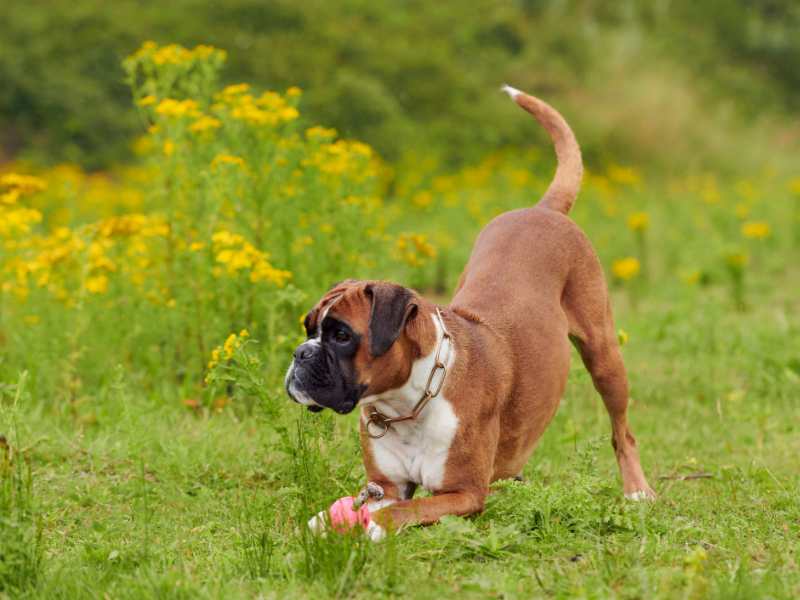
Boxers have adapted into versatile dogs excelling in modern roles through innate traits:
- Family Pets – Cherished for friendly, playful, patient natures with children and protective instincts.
- Search and Rescue – Intelligent, loyal with remarkable senses valuable for locating missing individuals.
- Therapy Dogs – Compassionate, affectionate demeanors provide comfort in healthcare settings.
Importance of Stimulation
Boxers require mental and physical activity due to energetic dispositions. Strategies include:
- Regular Exercise – Activities like walks/runs meet physical needs.
- Training and Classes – Mental engagement through classes stimulates the intellect and refines behavior.
- Puzzle Toys and Games – Challenging problem-solving keeps minds occupied.
- Socialization – Interactions with other dogs/people prevent anxiety and aggression.
Addressing stimulation needs allows Boxers to enjoy happy, fulfilled lives as family pets or working dogs through adapted traits. Their versatility has suited various modern roles.
Conclusion
In summary, the Boxer’s heritage as a versatile working breed reveals its admirable qualities of strength, intelligence, and loyalty. While originally bred for hunting and holding, they have evolved into cherished companions and service dogs. Understanding their history enriches our appreciation for these wonderful animals, which today excel as both devoted family pets and capable working dogs.

